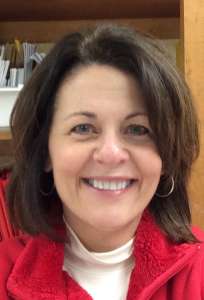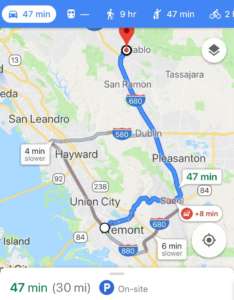Teaching as a Team Sport
by Susan Vincent
This past summer, I watched the Tour de France bicycle race on TV, as I do every summer. I loved waking up every morning to the incredible scenic views of quaint French towns, the majestic Alps, and the spirited fans who lined the narrow streets to cheer on the bicyclists.
What I did not really understand for many years is that bicycling is a team sport. I always viewed cycling as an individual effort, because that’s the only way I’d ever experienced riding a bike. I’ve come to find out, however, these bicycle teams are actually intricate networks of support for the cyclists.
The cyclists group themselves in a clump called a peloton. The peloton helps cyclists ride more efficiently by cutting wind drag. The other riders “draft” for each other in turns, blocking the wind and making it easier to ride. The riders also have outside support. Supporters ride along in cars, handing off water and snacks, or changing flat tires. Communication is also a big part of success, I learned. Riders wear earpieces to get information about road conditions and to get advice about strategy.
Of course, no cyclist would get very far in the Tour de France alone. A network of support is absolutely necessary. It occurs to me that teaching is the same.
When Marie Clay, in all her genius, developed Reading Recovery, she made it a team sport. She established a required professional network for teachers. The network provides teachers “continuing contact” with each other (as we used to call professional learning meetings.) Groups of teachers meet regularly to watch each other teach and to learn with and from each other. Even during the “alone” times of teaching, at the first sign of stagnated learning, a colleague or teacher leader is at the ready to sit beside you, observe a lesson, teach your child, and problem solve with you. You are never really alone in Reading Recovery. You are in a peloton, sometimes drafting for your colleagues, sometimes being drafted by them. Your earpiece is always in place with your professional readings and colleagues to guide you. And of course, the children are always the winners when teachers operate in this kind of team.
My fondest professional wish is that this type of Reading Recovery learning network could grow even larger and more intricate. Reading Recovery professionals have a wealth of knowledge that could support literacy teachers everywhere. The teaching peloton no longer needs to be bound by geography. We have tools today that didn’t exist in Reading Recovery’s early days. Thousands of teachers meet on Twitter and share educational ideas. Over 4 million posts per day are on education-related topics. Shouldn’t Reading Recovery be a major voice? I think so.
Perhaps Reading Recovery professionals can “draft” for the field of literacy professionals, who have been bombarded in recent years by all kinds of craziness, from NCLB to high stakes tests, to scripted programs. Teachers could use some expert literacy “drafting,” taking us in the right direction, helping us understand how children learn to read and write. If you are a Reading Recovery professional or if you support Reading Recovery, I think you can help the team.
If you haven’t joined Twitter, join. Check out Reading Recovery’s monthly chat by following the hashtag #rrchat. Participate and bring a friend. If you are a teacher leader, spend some time getting your teachers signed up and encourage them to participate. If you are unsure and in new territory, all the better! You can learn together. There is help available through Reading Recovery. Soon, Reading Recovery could be a very noticeable voice in a very public forum. It’s important because more children are waiting to be literacy winners! (Let’s wear some yellow jerseys!)

Susan Vincent is a faculty member in early childhood education at Miami University Regionals in Ohio. She taught Reading Recovery for 19 years as a teacher and teacher leader. Follow her on Twitter, @ssvincent. Susan will be a speaker at the 2019 National Reading Recovery & K-6 Literacy Conference, February 9-12, in Columbus, OH. Her session is titled: “Accelerating Progress with ALL Readers Through Classroom Instruction”.



 Debra Crouch works nationally as an independent literacy consultant, collaborating with districts and schools in designing professional learning opportunities. Her website is
Debra Crouch works nationally as an independent literacy consultant, collaborating with districts and schools in designing professional learning opportunities. Her website is 








